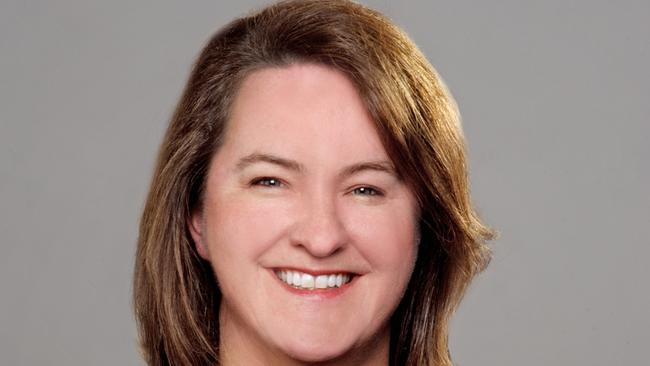Women earning 77 cents for every dollar made by men
The gender pay gap has been falling but progress has stalled in 2022, a new report shows. Just what is going on?

The gender pay gap stopped closing this year, with women on average earning $26,596 less than men, new figures reveal.
For every dollar earned by male employees, women earn 77c on average, the latest data from the Workplace Gender Equality Agency (WGEA) shows.
The WGEA 2022 Gender Equality Scorecard also shows more women than men resigned from their jobs during 2021-22 as the economy moved beyond Covid, while more men were promoted or appointed into management positions.
Women made up 54 per cent of resignations, while men made up 53 per cent of promotions and 55 per cent of appointments into management roles.
The findings, based on survey data covering about 4.5 million non-public sector employees in Australia, also finds large pay disparities at the top echelons of the workforce, with women in senior management positions earning nearly $100,000 a year less than their male counterparts.
And fewer than one in four of the nation’s chief executive officers are women, the 22.3 per cent representing a rise of just 5 per cent since 2014.
The scorecard figures also showed only one in five boards had equal numbers of men and women, and more than 20 per cent of boards comprised all men. Just 18 per cent of board chairs are women.

Across the 2021-22 year, women made up 54 per cent of resignations among those surveyed, while men secured 53 per cent of the promotions and 55 per cent of appointments into management roles.
Despite a range of research that demonstrated profitability and productivity increased under women’s leadership, the study also showed just over half of employers had conducted a gender pay gap analysis of their organisation, and of those that did more than 40 per cent took no action.
“Men are consistently more likely to hold managerial positions, even in female-dominated industries such as healthcare and education,” WGEA director Mary Wooldridge said.
“Too many highly qualified, capable women work in less senior roles or fewer hours than they would like or are able to because they can’t find an employer who supports genuine flexibility in those roles.”
Australian workplaces are deeply segregated by gender, the study shows, with 67 per cent of male employees in full-time work, compared with 42 per cent for females.
The gender pay gap is different from equal pay, which is a legal requirement.
It shows the difference between average pay of women and men across the workforce as a whole.
It has reduced from 28.6 per cent in 2014 to 22.8 per cent now, the report shows. The average male pay in 2022 was $116,906 and for women $90,309.
Employers were also proving relatively slow to change, with the report finding fewer than four in 10 have a target to reduce the gender pay gap, the report found.
But in the wake of the Covid pandemic more employers are moving to an “all-roles flex” approach that focuses on work done rather than hours spent in the workplace.
“Lasting change requires employers to make bold, creative choices that send a signal to all employees that gender equality is a core part of their business strategy and a priority for those in leadership and managerial roles,” Ms Wooldridge said.
“Leading employers are already putting solutions in place that address challenges like workforce shortages by tailoring factory shifts around school pick-up and drop-off times or promoting – and role-modelling – flexible hours or part-time work arrangements among managers and executives,” she said.








To join the conversation, please log in. Don't have an account? Register
Join the conversation, you are commenting as Logout